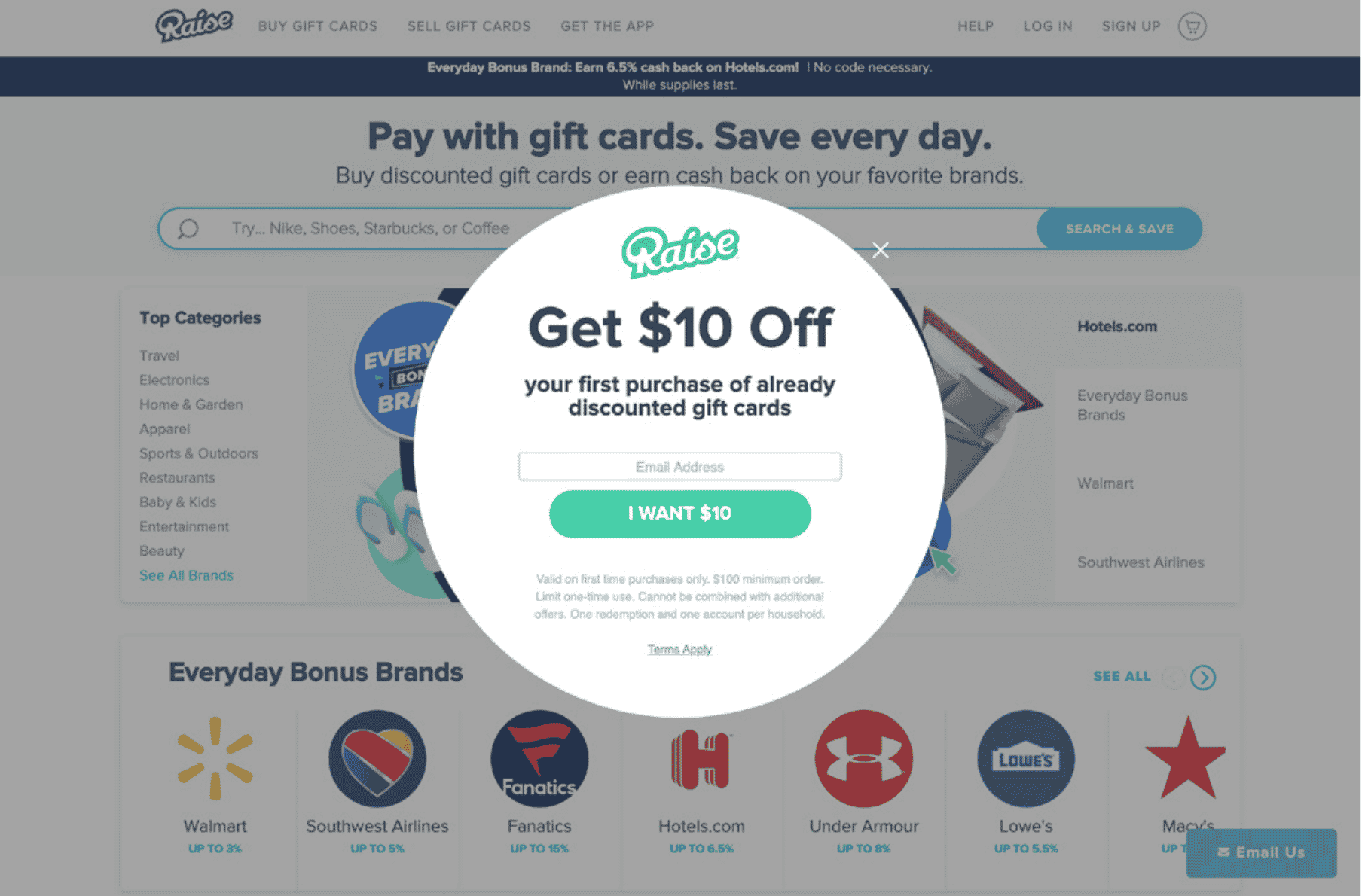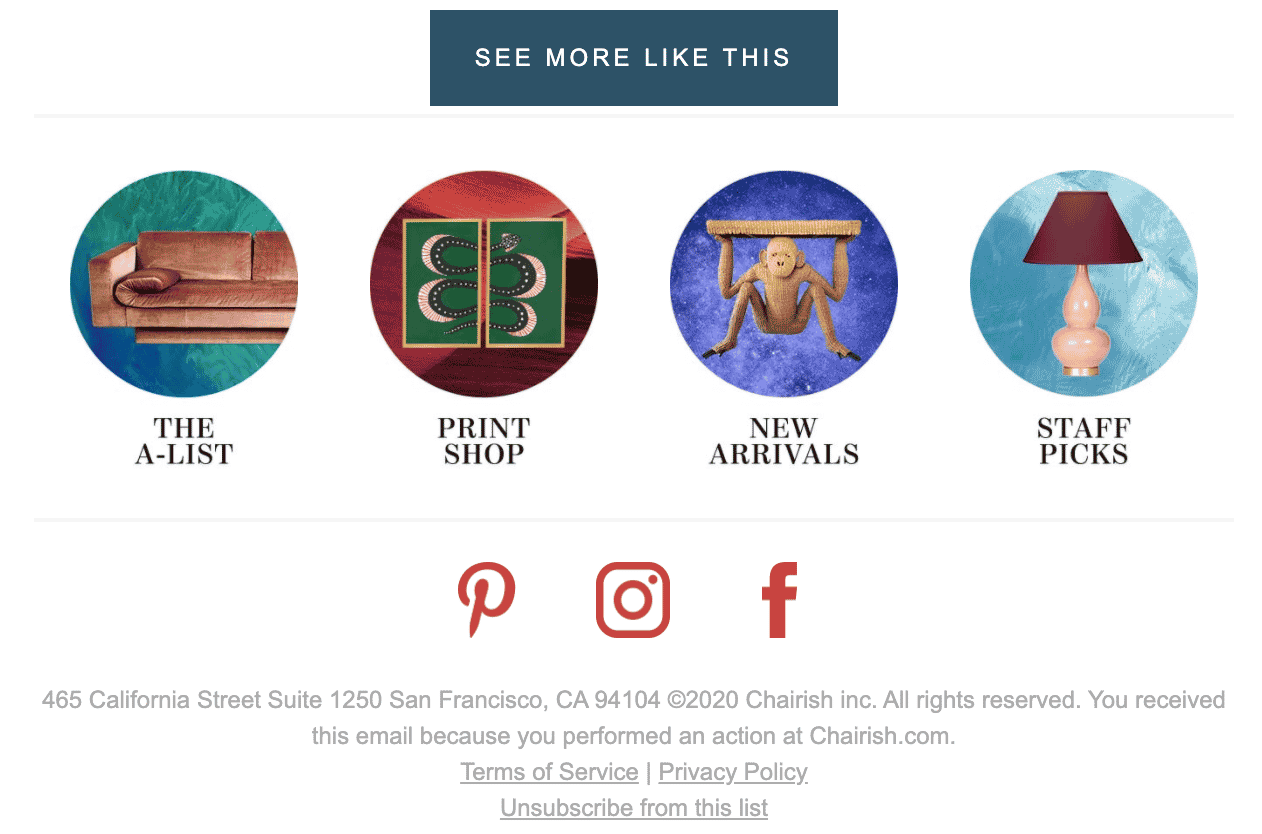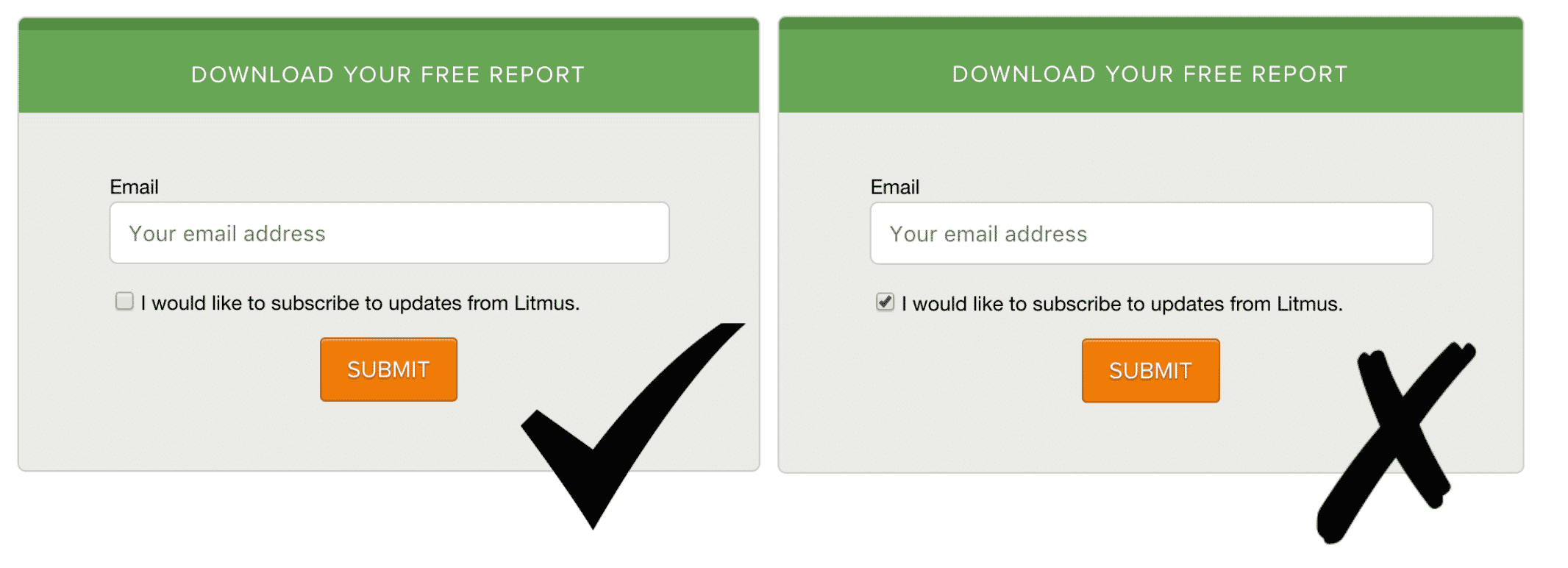Permission Practices for Email Marketing: The Good, The Bad and The Gray Area
July 22, 2020

Deliverability is the unsung hero of email marketing, working behind the scenes to ensure your emails reach their intended recipients. The foundation for strong deliverability is laid before the first message is sent, as you need permission to email people. Not all email marketing permission practices were created equally, however. Here are the good, the bad and the gray area:
Good Permission Practices
Explicit opt-ins, when someone checks a box to confirm that they want to receive your messages, are great because they mean the subscriber has explicitly and voluntarily invited you into their inbox. As more privacy regulations are put into place around the world, they’re also increasingly mandated by the law. For Sailthru customers, explicit opt-ins often take the form of a checkbox on a sign-up or registration page on one of our Overlays. Displayed as either a modal window or top bar, Overlays live at the top of the webpage, using existing data to bring personalization to customer acquisition.
Asking for an explicit opt-in, Raise’s homepage combines customer acquisition and personalization. Not only is this an example of good permission practices, but it ultimately helped Raise increase repeat purchases by 44%.

Double opt-ins are even better. Requiring people to confirm their subscription, they weed out any accidental sign-ups. These opt-ins promote a great customer experience, getting your relationship off on the right foot.
Once you have explicit consent to email a subscriber, it’s a good idea to include permission reminders in your messages. They’re often seen in the footer alongside the unsubscribe link, reminding the customer that they signed up to receive emails. They fight both forgetfulness and spam complaints.

The Gray Area: Permission Practices That Could Go Either Way
There are explicit opt-ins and there are implicit opt-ins. Examples of the latter include instances when a customer fills out a form to download content or register for an event. You technically have permission to email the customer under most jurisdictions, but they didn’t necessarily sign up to receive all your emails. As a result, implicit opt-ins risk your messages making their way to customers’ junk folders.
Sweepstakes and competitions represent another sign-up tactic that falls somewhere on the spectrum in between “best practice” and “best-avoided practice.” These are an effective way to grow your email list, but they can also be risky. They don’t always disclose that while you can win a Hawaiian vacation, you will be subscribed to the company’s mailing list. In the example below, Thrillist’s official rules mentioned that entrants consent to receive commercial emails.

Padding your list in the short-term, sweepstakes subscribers are more likely to mark your messages as spam, and less likely to be engaged, hurting your deliverability in the long run. It’s best to include a checkbox for explicit opt-ins on any sweepstakes forms. It’s important to check with your legal team when sending sweepstakes. Depending on where you and your end users are located, there may be different regulations.
Permission Practices You Shouldn’t Use, Ever!
Checkboxes shouldn’t be pre-checked opt-ins. Like sweepstakes, making someone explicitly uncheck the box can have a good impact on your subscriber list if not your engaged subscriber list. However, some regulations, such as the Canadian Anti-Spam Legislation or the General Data Protection Regulation, don’t consider this express consent.

Along those lines, avoid co-registration. When a consumer registers for an offer, co-registration allows them to simultaneously opt in to multiple offers. As a result, their data will be transferred to both advertisers on the form. They may not necessarily want to be contacted.
On the opposite end of the spectrum from explicit opt-ins are email appending and purchased lists. Also known as e-appending, the former involves obtaining email addresses by matching known customer data against a vendor’s database. The latter refers to those lists you purchased, filled with people who haven’t actually subscribed to your emails. They may immediately flag you as spam on principle.
Marigold Engage by Sailthru, one of many ESPs to ban this practice, which can get your account blacklisted or terminated. Always use your own lists.
Permission practices are just one factor in your deliverability. Download our ebook, Delivering Results to the Inbox, to learn more about the complex path to the inbox, how deliverability drives revenue, and more.
The State of Brand Loyalty in the U.S. in 2023
Related



